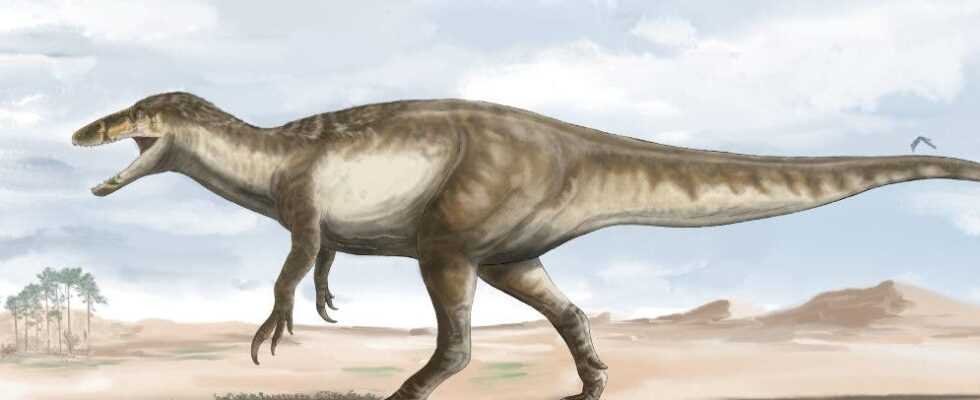Shortly before the outbreak of the corona crisis, a Japanese-Argentinian team led by Alexis Aranciaga Rolando from the Museo Argentino de Ciencias Naturales in Buenos Aires made another sensational find: the researchers dug up the remains of a gigantic predatory dinosaur – a megaraptor – in the Patagonian steppe, which they subsequently discovered Lockdown could investigate further. “We beat the pandemic with Maip,” says Fernando Novas, the paleontologist involved in the study. The scientists published their study in »Scientific Reports«.
May macrothorax, the full name of the species, reached a length of up to ten meters and a weight of six tons. This makes him the largest known megaraptor to date. A special feature of the species are its claws, which are up to 40 centimeters long, with which it captured and slashed smaller dinosaurs. The dinosaur was thus very likely the region’s top predator during the Cretaceous period 70 million years ago and was among the last members of its group before the mass extinction caused by the Chicxulub asteroid impact four million years later.
The name »Maip« derives from a mythological figure of the local Aonikenk ethnic group, which symbolizes evil. The character is considered a “shadow of death” who kills with a cold wind in the Andes. The species name »macrothorax« in turn alludes to the animal’s enormous thorax. Despite its size and weight, scientists suspect the megaraptor was relatively light on its feet and capable of taking down its prey on fast legs. Unlike the tyrannosaurs, with their massive skeletons, the megaraptors had light bones.
Tropical conditions and dense forests prevailed in Patagonia when dinosaurs were alive. Today, however, it is cold and temperate in the region and the landscape is dominated by wide steppes. After all, this makes it easier to find the fossils.
